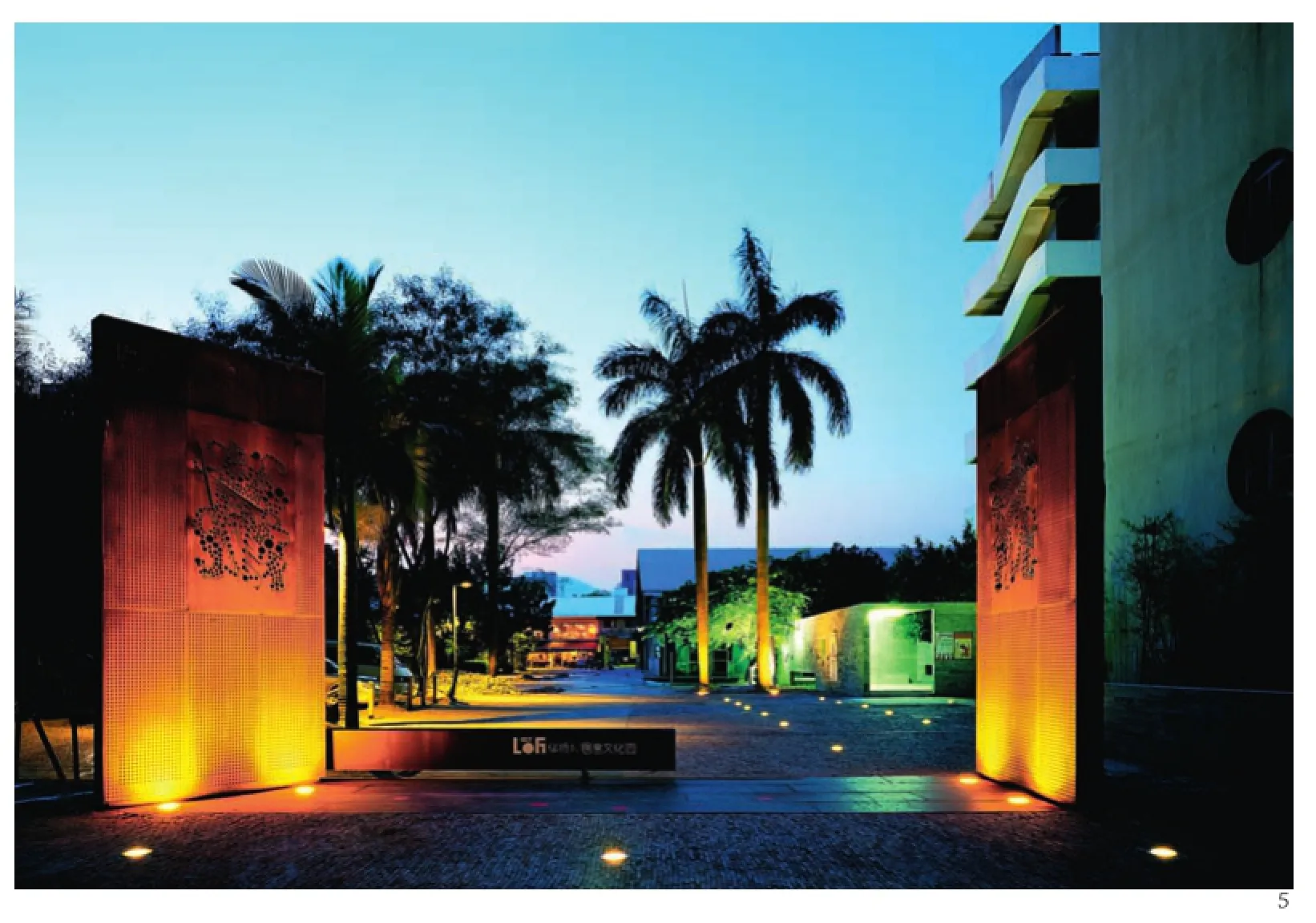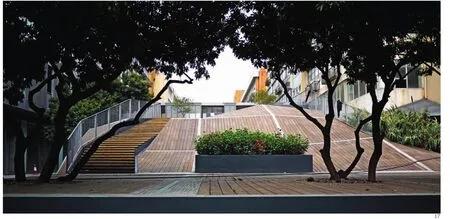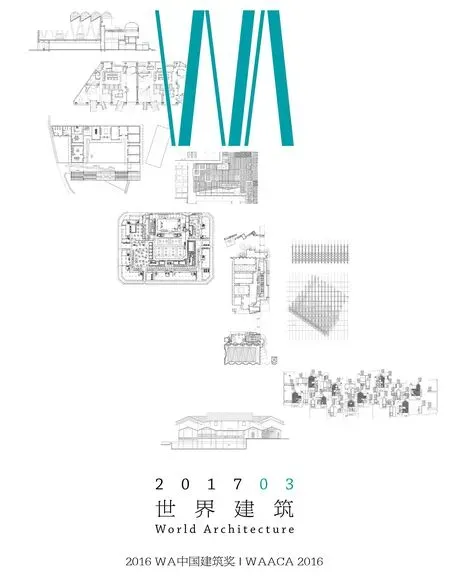华侨城创意文化园改造,深圳,中国
总体规划与环境设计:孟岩,刘晓都/URBANUS都市实践
华侨城创意文化园改造,深圳,中国
总体规划与环境设计:孟岩,刘晓都/URBANUS都市实践

1 创意文化园北区/OCT-LOFT North Area
基地现存数10座建于1980年代早期的厂房、仓库和宿舍楼。2003年,其中一个厂房改造为当代艺术中心,成为开发的启动点。都市实践采用了置换与填充的规划思路,梳理厂区内可利用的结构,一步步添加改造,或延伸、或包裹、或渗入现有肌理,创造了一层新的相贯通的公共空间和设施。厂房被画廊、书店、咖啡厅、酒吧、艺术家工作室和设计商店渐渐填满。一期改造中,都市实践总体控制与使用者个性发挥的互动十分符合创意产业和厂房改造的特点。第二期在改造策略上整体控制形象,业态合理规划,控制比例,加入新二层连廊系统,将公共功能进行混合和叠加,连廊系统设计成创意交流的空间和场所,鼓励跨领域、跨行业的对话和思想碰撞,成为凝聚艺术和设计创造力的基地。□
Over dozens of early factories, dormitories and storages left vacant from the 1980s are kept on the site of OCT. Hexiangning Art Museum's decision of setting up a non-proft contemporary art center in one of these warehouses in 2003 became the starting point of the regeneration of this industrial site. URBANUS intends to substitute and fill up these existing industrial buildings with new programs. Combining with existing structure, a new layer of linked public spaces and facilities are created by architectural approaches such as addition, extension, wrapping and penetration. The factories are gradually uesed for galleries, bookshops, cafes, bars, artist ateliers and design shops. In the first phase, URBANUS controls the overall design scheme while allowing users' creation displaced; such approach adapts with the characteristic of creative industry and factory regeneration, encouraging interaction between the planning team and the users. Repositing the overall branding image, planning retail format and control the ratio of each typology became the main strategy for the second phase of renovation. A second level corridor system became creative space for exchange and communication which mixed and superimposed public programs together. It encourages interdisciplinary dialogues and thoughts exchange to take place, making the site a base for creative art and design.□
项目信息/Credits and Data
业主/Client: 深圳华侨城房地产有限公司/Shenzhen OCT Properties Co., Ltd.
地点/Location: 深圳市南山区华侨城东部工业区/Oversea Chinese Town (OCT), Nanshan District, Shenzhen
设计时间/Design Period: 2003-2011
建成时间/Completion Time: 2012
规模/Size: 南区用地/South Area: 55,465m2,建筑面积/ Building Area: 59,000m2
北区用地/North Area: 95,571m2,建筑面积/Building Area: 150,000m2
摄影/Photos:吴其伟,陈旧,孟岩/WU Qiwei, CHEN Jiu, MENG Yan

2 总平面/Site plan

3 轴测图/Axonometric drawing

4 E6入口/E6 entrance

5 南区主入口大门/South main entrance
评委评语
华侨城创意文化园改造项目多年来已成为深圳的文化地标,以深圳双年展为契机,带动城市工业区的更新。建筑设计是一种有限的介入,作为一个城市设计和城市更新的代表案例,项目不仅仅创造了建筑改造的设计方案,更提供了一种策略,激发了一个自我生长和开放兼容的良性机制,使得更新成为持续的过程,具有深远的示范意义。评委会一致认为项目体现了一种综合的质量,既符合实用、经济、绿色、美观的新时期的建筑方针,也非常贴合奖项的评审标准。□
Jury Statement
OCT-LOFT has become a cultural landmark in Shenzhen over the past years, with the Shenzhen Biennale as an opportunity for urban industrial district renewal. Architectural design is a gentle intervention.The park is the perfect example for urban design and renewal that not only promotes building renovation but also provides a strategy to stimulate the benign mechanisms of self-growth and opening up. This has far-reaching significance. The jury agrees that the project demonstrates a comprehensive quality in line with the requirements of a new era for practical, efficient, and environmental ("green") design, and moreover, perfectly fts the evaluation criteria of the award.□
OCT-LOFT Renovation, Shenzhen, China, 2012
Master Plan and Landscape Design: MENG Yan, LIU Xiaodu/URBANUS

6 OCT当代艺术中心首层平面/OCAT foor 0 plan

7 OCT当代艺术中心剖面/OCAT section

8 OCT当代艺术中心/OCAT

9 OCT当代艺术中心内景/OCAT interior view

10 A3连廊/A3 passage

11 A3连廊二层平面/A3 passage foor 1 plan

12 A3连廊内侧立面/A3 passage elevation

13 A3连廊/A3 passage

14 公共平台/Public platform

16 公共平台剖面/Public platform section

17 公共平台/Public platform

18 旋转连廊/Spiral passage

19.20 公共平台/Public platform

